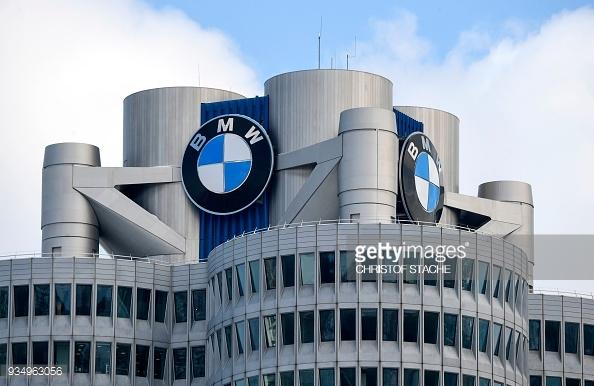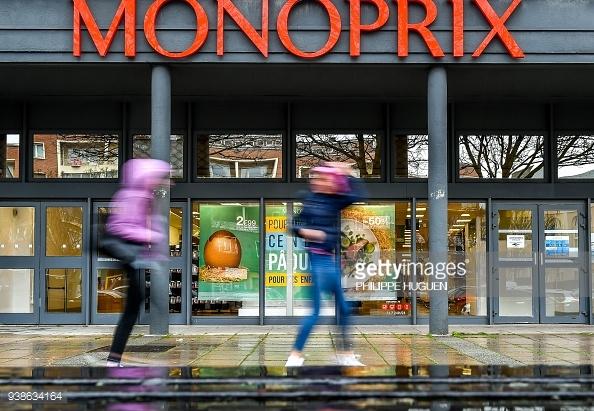In a large shed to the east of Johannesburg men stacked tens of thousands of litres of water onto a flatbed truck as part of a neighbourhood volunteer campaign to save South Africa’s dry towns.
The water comes in two-litre soft drink bottles, five-litre plastic drums, and a 1,000-litre bowser – all of it donated by city residents, as intense drought and continuous heat waves devastate South Africa’s farms.
For Janine Boshoff, 35, the spur to action was a Facebook post by a cattle farmer who was distraught at the choice of either watching his starving herd die – or shooting them.
“I thought if a farmer could feel that much for an animal, I would hope that humans could feel something for each other, too,” she told AFP.
She began rallying neighbours in suburban Boksburg to fill their old bottles and bring them to her house.
Within days, her sister’s employer had offered a company truck to transport the haul a few hours’ drive to parched towns in the Free State, South Africa’s agricultural heartland.
Boshoff’s neighbour, Jolanda du Plessis, 46, and her housekeeper began walking the local streets handing out flyers.
At night, the two families shut down the electric fence between their homes and passed the day’s collection over the wall to store at Boshoff’s house – in the hallway, on the patio, and in every available room.
For 14 years, the families had been neighbours without so much as a friendly wave between them.
Now they plotted the water delivery rescue mission together in Du Plessis’ lounge, their phones ringing and pinging as messages of more donations flooded in.
Record highs
The regional drought, now in its second year, has been brought on by the El Nino weather phenomenon and exacerbated by climate change, pushing temperatures higher in a string of blistering heat waves.
On one Tuesday last October, 18 weather stations across South Africa recorded new monthly highs, all above 38 degrees Celsius.
And in early January, both Johannesburg and the capital Pretoria saw all-time record maximums of 38 and 42.5 degrees Celsius, respectively.
Such figures highlight the huge challenge of capping global warming at below 2 degrees Celsius from pre-industrial levels – the goal set at UN negotiations in Paris in December.
“The abnormally high temperatures and low rainfall during 2015 are a combination of a natural effect, which is the El Nino phenomenon, and the rising baseline caused by human-caused global climate change,” explained Robert Scholes, systems ecology professor at the University of the Witwatersrand. “At this stage, they approximately equally contribute to the observed high temperatures.”
But while emergency community efforts can provide drinking and washing water to otherwise crippled small towns, they cannot replace the absent rains as fields turn to dust.
Nor are they a long-term solution to the country’s hot, dry future.
Long-term planning
The South African Weather Service announced last week that last year was the driest year since records began in 1904.
“South Africa is a water scarce country, it always has been,” said Dhesigen Naidoo, CEO of the Water Research Commission, “We’re quite astute at dealing with water scarcity and have managed for a long while to be able to reconcile our demands with our supply.
“But what’s clear going into the future is that we’re going to need a lot more water available to the system.”
What’s required, he said, is radical diversification of sources, including new dams and desalination plants, some of which are already under way – but also better and more efficient use of the water.
“Twenty-five percent of water, clean drinking-quality water, is lost in our system every single day. If we are able to claim this back, that’s more water available in the towns and cities immediately.”
When the truck left for the farmlands on Saturday morning – full to the brim with bottles – the donations were still coming in.
It will help in the short term but last year’s high temperatures, both locally and globally, point to more tough times ahead.
“We have made exactly the right kinds of starts that we need to secure our water future,” said Naidoo, referring to infrastructure investment.
“The key question is, when this drought ends, will we sustain this?”
© 2016 AFP




